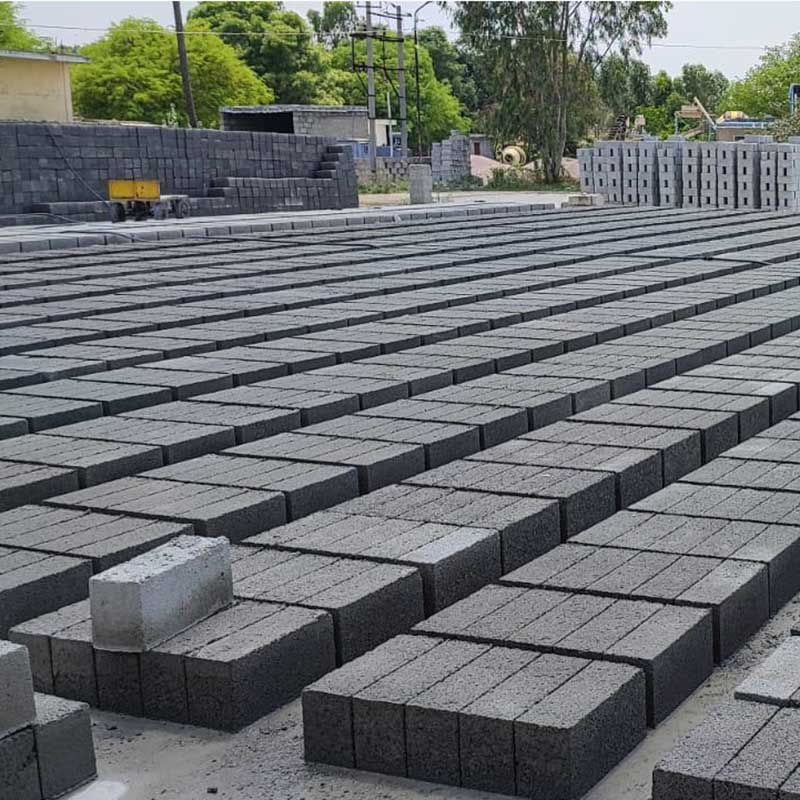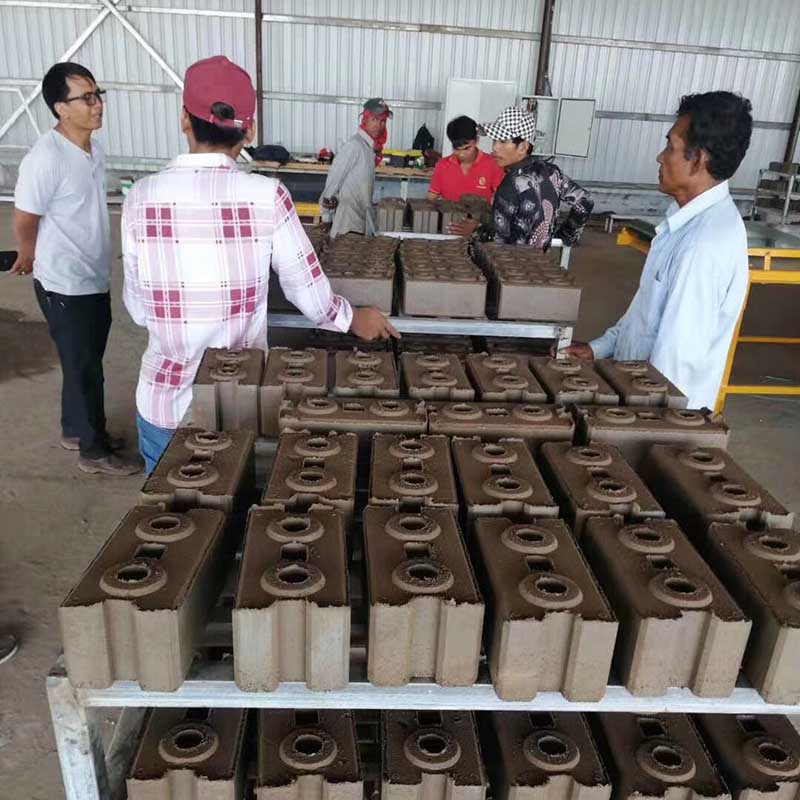
In the realm of construction, the efficiency and innovation of brick-making machines play a pivotal role.
Let’s delve into the intricacies of these machines through a comprehensive Q&A guide, uncovering the key aspects that make them the backbone of the construction industry.
Unveiling the Secrets of Brick-Making Machines: A Comprehensive Q&A Guide
Q1: What is a brick-making machine, and how does it work?
A: A brick-making machine is a mechanical device designed to efficiently produce bricks for construction.
It typically involves a process where raw materials like clay are molded, shaped, and fired to create durable building blocks.
The machine automates this intricate process, ensuring precision and consistency in brick production.
Q2: What sets brick-making machines apart from traditional brick-making methods?
A: Unlike traditional methods that rely heavily on manual labor, brick-making machines integrate automation and advanced technology. This results in increased production efficiency, reduced labor costs, and the ability to produce high-quality bricks consistently.
Q3: What types of bricks can be produced with these machines?
A: Brick-making machines are versatile and can produce a wide range of bricks, including common bricks, paving bricks, interlocking bricks, and even special shapes. This adaptability makes them suitable for various construction needs.
Q4: How do brick-making machines contribute to environmental sustainability?
A: Many modern brick-making machines are designed with environmental sustainability in mind.
They often feature energy-efficient processes, utilize local raw materials, and produce minimal waste.
This aligns with the growing emphasis on eco-friendly construction practices.
Q5: What are the economic advantages of using brick-making machines?
A: Brick-making machines offer economic benefits through increased production efficiency, reduced labor costs, and the ability to optimize raw material usage.
This results in cost-effective brick production, making quality bricks more accessible for builders and developers.
Q6: Are brick-making machines suitable for small-scale construction projects?
A: Yes, brick-making machines come in various sizes, and there are models specifically designed for small-scale construction projects.
This scalability makes them adaptable to the needs of both large-scale developments and smaller initiatives.

Q7: How can builders ensure the longevity and efficiency of brick-making machines?
A: Regular maintenance is crucial for ensuring the longevity and efficiency of brick-making machines.
This includes routine inspections, lubrication of moving parts, and prompt resolution of any issues.
Following the manufacturer’s guidelines for operation and maintenance is key.
Q8: Can brick-making machines be customized for specific construction requirements?
A: Yes, many manufacturers offer customization options to tailor brick-making machines for specific construction requirements. This may include adjustments to the machine’s capacity, the size and shape of bricks produced, and integration of specific features.
Q9: Are there notable success stories or case studies of brick-making machine adoption?
A: Indeed, there are success stories globally.
For instance, in [Country], several construction projects have thrived with the adoption of brick-making machines.
Local manufacturers have capitalized on the efficiency and economic advantages, contributing to sustainable and cost-effective construction practices.
Q10: What trends can we expect in the future of brick-making machine technology?
A: The future of brick-making machines is poised for continued innovation.
Expect advancements in automation, incorporation of smart technologies, and an increased focus on sustainability.
These trends will further enhance efficiency, reduce environmental impact, and shape the next generation of construction practices.
As the construction industry evolves, brick-making machines remain a cornerstone of progress. This Q&A guide aims to demystify their intricacies, showcasing their pivotal role in shaping the sustainable and efficient construction landscape of tomorrow.

